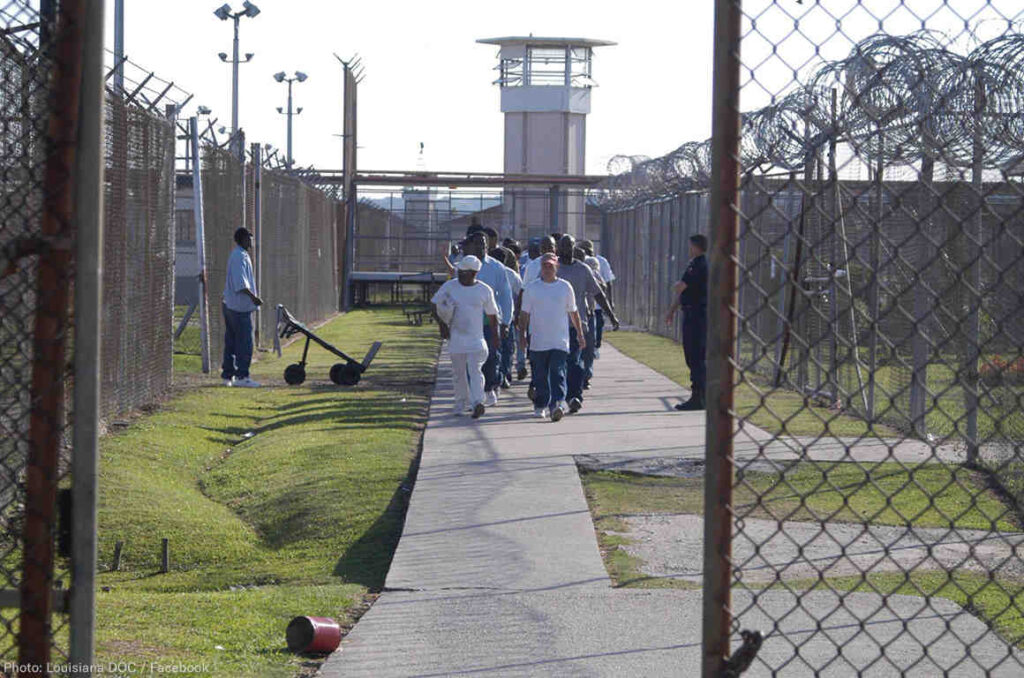
Nestled in the heart of Louisiana, East Feliciana Parish Jail stands as a testament to the complexities and challenges within the state’s correctional system. As an essential component of the criminal justice system, this facility plays a crucial role in maintaining law and order. This article explores the East Feliciana Parish Jail, delving into its history, facilities, programs, and the broader context of incarceration in Louisiana.
History and Overview
East Feliciana Parish Jail, located in Clinton, Louisiana, has a rich history that mirrors the evolution of the state’s correctional practices. Established to serve the East Feliciana Parish community, the jail has undergone several renovations and expansions to meet the changing needs of the region.
The facility, like many others in Louisiana, grapples with issues such as overcrowding, budget constraints, and the ongoing debate over the efficacy of certain penal practices. Understanding the historical context of East Feliciana Parish Jail is essential to unravel the complex web of challenges that modern correctional facilities face.
Facilities and Infrastructure
The physical infrastructure of East Feliciana Parish Jail plays a pivotal role in shaping the daily experiences of both inmates and staff. The facility consists of multiple buildings, each serving specific purposes such as housing, administration, and programming.
Over the years, efforts have been made to improve the living conditions within the jail. Modernization projects, including the installation of updated security systems and the renovation of living quarters, aim to enhance the safety and well-being of both inmates and correctional staff.
Despite these improvements, challenges persist. Overcrowding remains a significant issue, contributing to concerns about sanitation, healthcare access, and overall safety within the facility. The ongoing struggle to balance security with humane conditions underscores the broader debate about the purpose and effectiveness of incarceration.
Programs and Rehabilitation
In recent years, there has been a growing recognition of the importance of rehabilitation within the correctional system. East Feliciana Parish Jail, like other facilities in Louisiana, has implemented various programs aimed at helping inmates reintegrate into society successfully.
Educational initiatives, vocational training, and mental health services are among the programs offered to inmates. These endeavors seek to address the root causes of criminal behavior and equip individuals with the skills necessary for a productive life beyond incarceration.
However, the availability and effectiveness of these programs often face challenges, including limited funding and a shortage of qualified staff. Moreover, the success of rehabilitation efforts is closely tied to the broader societal support systems awaiting individuals upon their release, highlighting the interconnected nature of the criminal justice system and community welfare.
Challenges and Controversies
East Feliciana Parish Jail, like many correctional facilities, is not without its share of controversies and challenges. The use of solitary confinement, allegations of mistreatment, and concerns about the disproportionate impact of the justice system on certain communities have sparked debates at local and national levels.
Critics argue that the current system perpetuates cycles of crime and fails to address the root causes of criminal behavior. The debate over the role of incarceration in society extends beyond the confines of East Feliciana Parish Jail, reflecting broader discussions on reforming the criminal justice system.
Community Impact
The presence of a correctional facility in a community has far-reaching implications. East Feliciana Parish Jail, situated in a relatively small town, has both positive and negative effects on the local community.
On one hand, the jail provides employment opportunities for residents, contributing to the local economy. On the other hand, concerns about safety, the stigmatization of the community, and the potential impact on property values are issues that residents may grapple with.
The relationship between the correctional system and the community underscores the need for open dialogue and collaboration. Community involvement in the rehabilitation and reintegration of former inmates is crucial for fostering a supportive environment that reduces recidivism.
Conclusion
East Feliciana Parish Jail stands as a microcosm of the broader challenges within Louisiana’s correctional system. As the state grapples with issues of overcrowding, rehabilitation, and the role of incarceration in society, facilities like East Feliciana Parish Jail are at the forefront of these debates.
Efforts to address the shortcomings of the current system, promote rehabilitation, and foster community engagement are essential for creating a criminal justice system that aligns with the principles of justice, fairness, and social responsibility. East Feliciana Parish Jail, with its strengths and weaknesses, serves as a reflection of the ongoing journey towards a more effective and compassionate approach to corrections in Louisiana.






